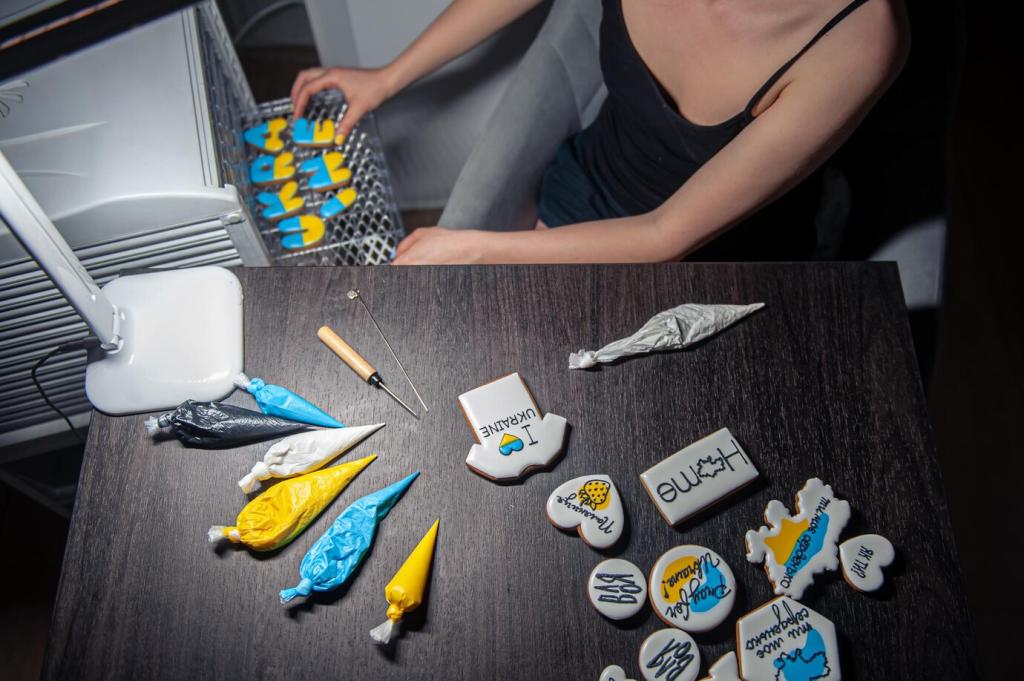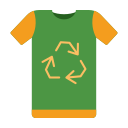Chosen theme: Transforming Old Clothes into New Fabrics. Welcome to a hands-on, heart-led journey where forgotten garments become fresh textiles, new textures, and meaningful stories. Subscribe, comment with your stash struggles, and join us in turning memory-soaked clothes into purposeful fabric again.
The Science Behind Turning Clothing Back into Fabric
Know Your Fibers and Blends
Cotton behaves differently from wool, and polyester blends introduce stretch and melt points. Read the care tag, examine the weave, and perform a cautious, ventilated burn test only if needed. Fiber knowledge guides your technique, dye choice, and final fabric durability.


Mechanical Re-Fibering and Nonwovens
Shredding garments into small fibers can create new nonwoven textiles, felts, or padding. Remove zippers and hardware, cut along seams, and layer fibers evenly. Track grams per square meter to predict thickness, and test small squares before committing to larger panels.
Sorting for Success
Separate by fiber type, color family, and fabric weight. Keep light cottons together and isolate stretchy jerseys from rigid denims. Bag remnants with labels, and document potential projects. Invite a friend to sort with you and trade materials for better project matches.
Cleaning without Compromise
Wash garments according to fiber needs, removing stains with gentle, targeted methods. Avoid fabric softeners that impair dye uptake. Sun-dry when possible for energy savings. Clean inputs reduce odors, reduce pests, and ensure your new fabrics start fresh and colorfast.
Deconstruction Tools and Techniques
A seam ripper, small sharp scissors, and patience beat rushing every time. Unpick topstitching, clip serged edges, and flatten pieces with a warm iron. Remove tags, interfacing, and elastic. Share your favorite tools and unpicking playlists to keep the process enjoyable.

DIY Inputs: From Garments to Reusable Textile Materials
Turn soft cotton tees into continuous yarn by cutting a spiral around the torso. Avoid seams, keep strips consistent, and stretch gently to curl edges. This yarn crochets beautifully into rugs or weaves into sturdy mats. Post your yardage per shirt to help others plan.
DIY Inputs: From Garments to Reusable Textile Materials
Disassemble jeans along seams, preserve large panels, and align the twill for strength. Mix shades of indigo for visual depth, then topstitch or sashiko for structure. These panels become hardwearing bags or upholstery. Ask questions below if your needle breaks—we’ve been there.
DIY Inputs: From Garments to Reusable Textile Materials
Choose sweaters with fully fashioned seams rather than cut-and-sewn knits. Carefully locate bind-off points and wind as you go. Steam-relax crimps and swatch to assess gauge. Share fiber IDs and yardage in the comments so others can replicate your reclaimed-yarn success.






Stories That Stitch Memory into New Material
One reader turned her father’s worn chambray shirts into a picnic quilt. Each pocket became a secret note holder. The quilt travels now, collecting new memories at parks and porches. Share who you are sewing for, and how you honor their habits in your fabric choices.
Stories That Stitch Memory into New Material
A monthly swap piled tables with outgrown clothes and fabric odds. What didn’t swap became weaving strips and quilt squares. The best part wasn’t the haul—it was learning everyone’s stories. Comment if you want a printable guide to host your own community textile exchange.



